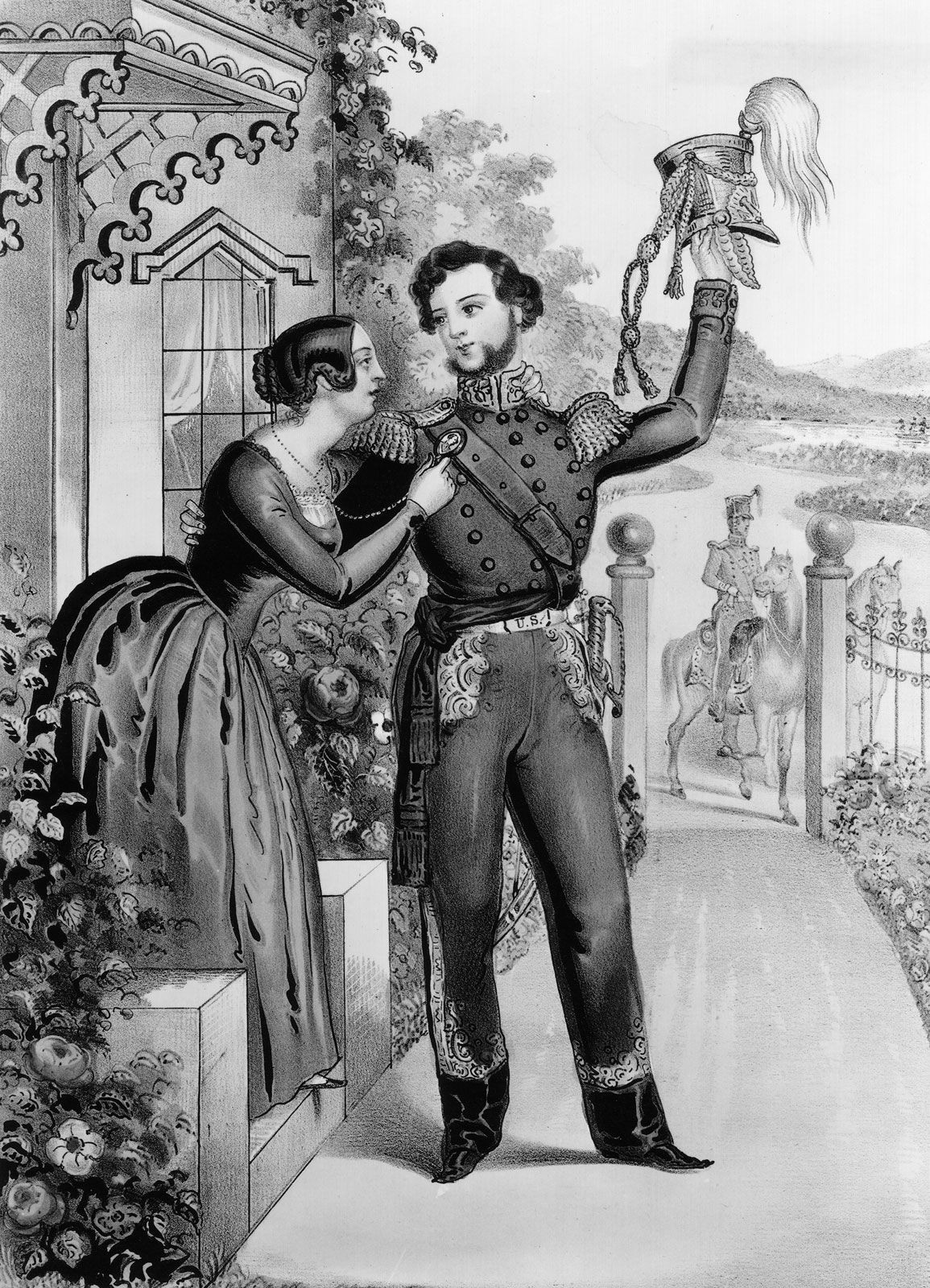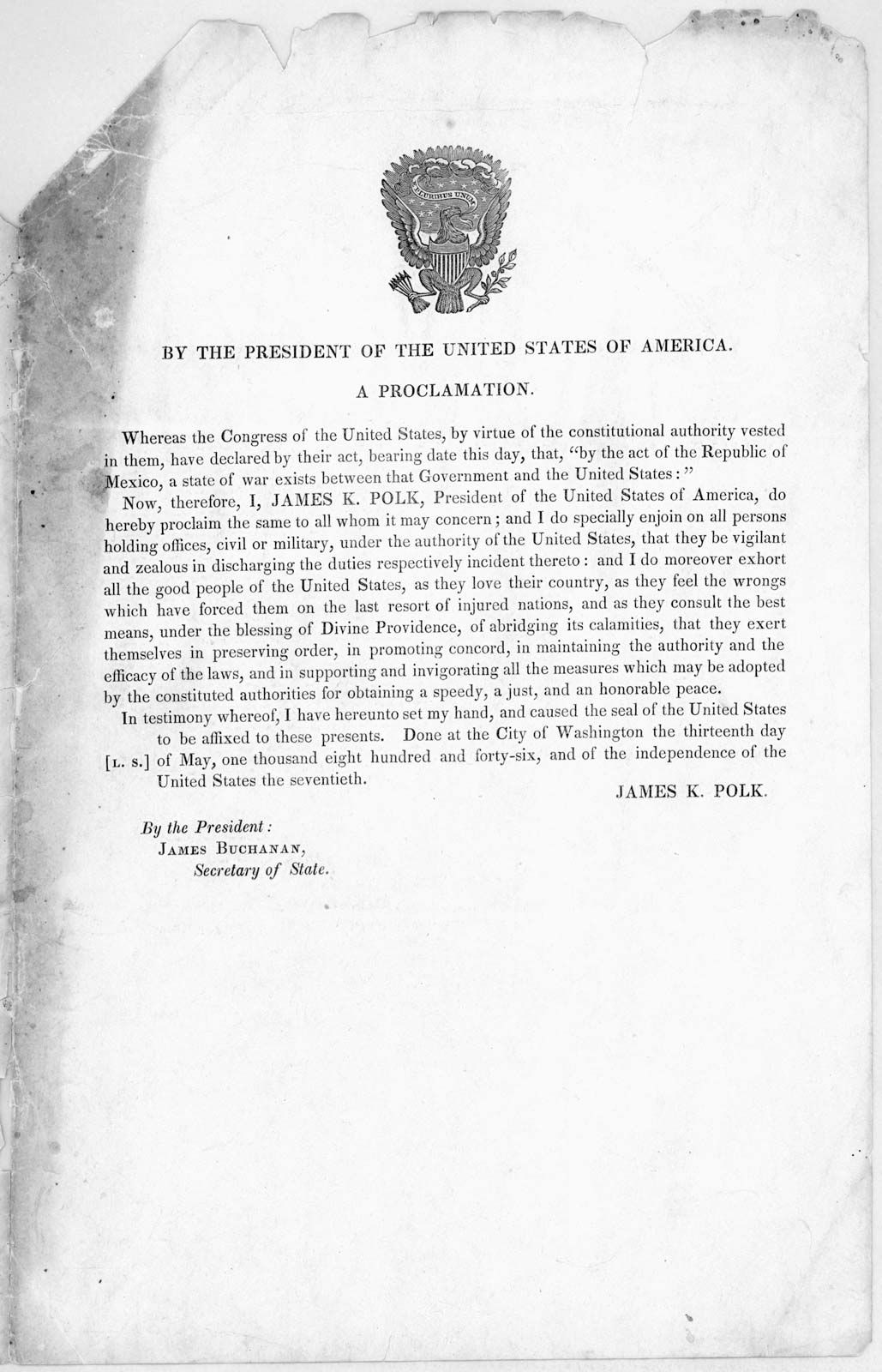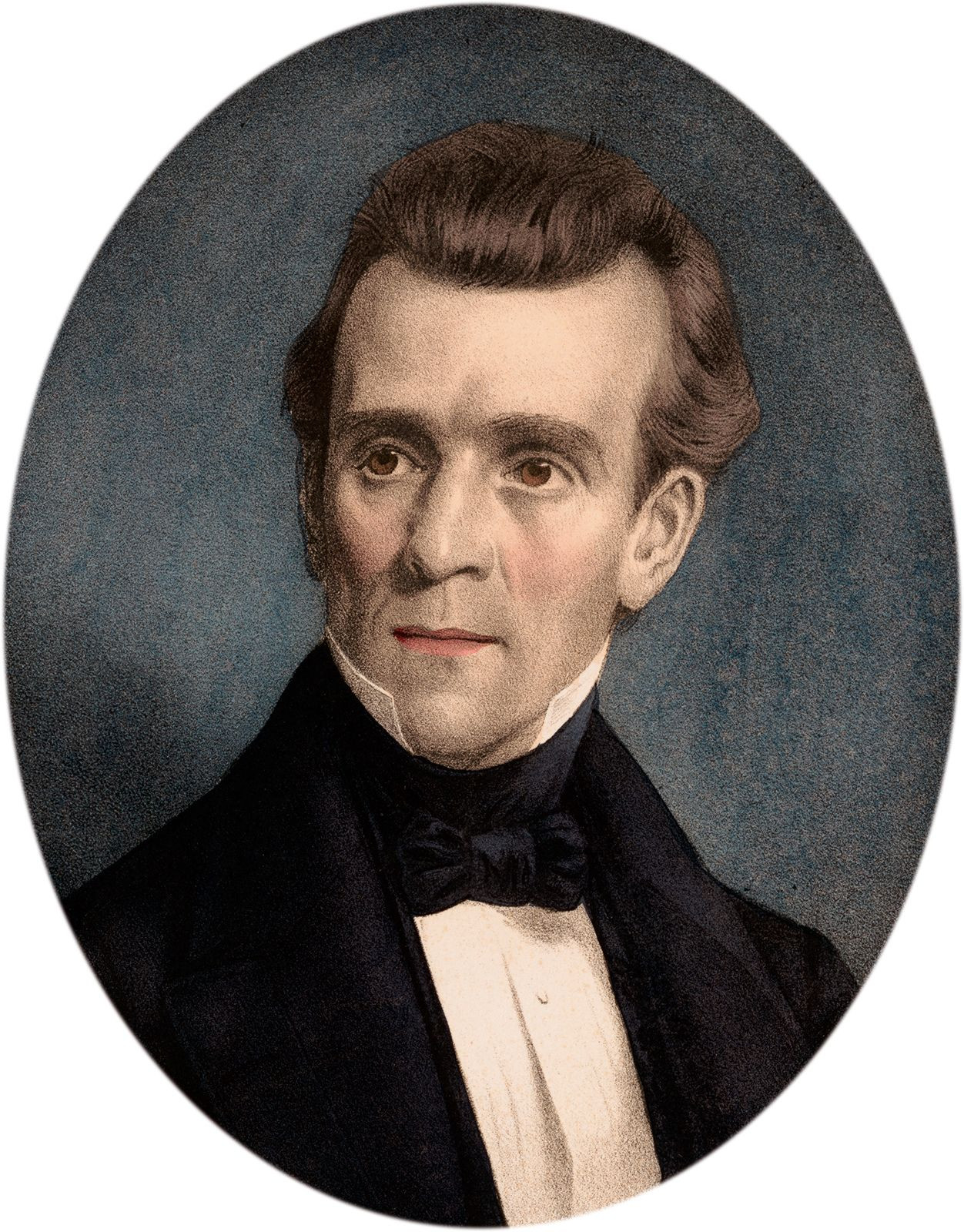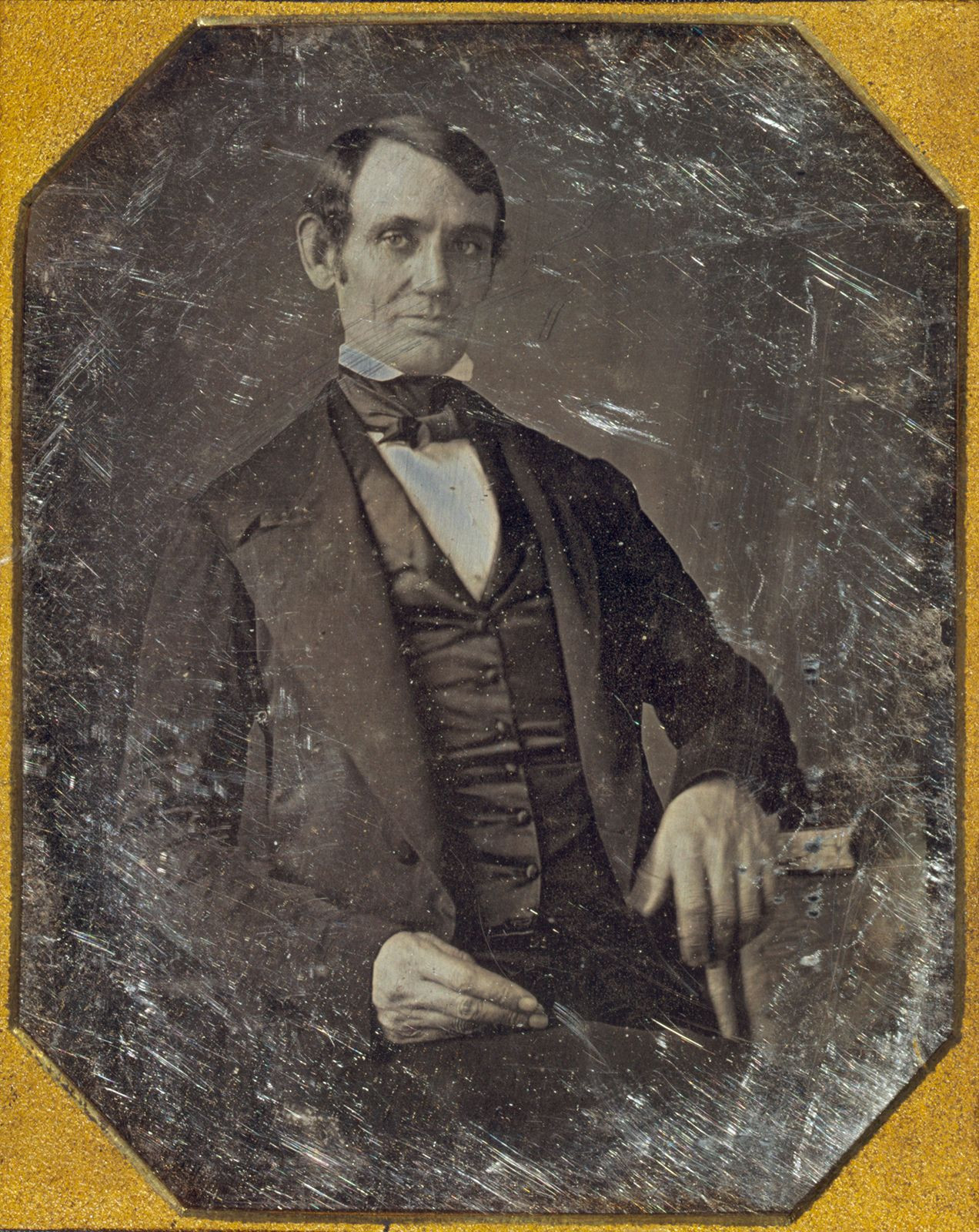The Mexican-American War, a significant conflict in the history of both the United States and Mexico, took place from April 1846 to February 1848. This war, often referred to as the Mexican War in the United States and as the United States War against Mexico in Mexico, dramatically reshaped the geopolitical landscape of North America. It resulted in the United States gaining vast territories from Mexico, significantly expanding its reach westward to the Pacific Ocean.
To fully grasp the answer to “When Was The Mexican American War” and its implications, it’s crucial to delve into the context, causes, and consequences of this pivotal historical event.
The Prelude to War: Texas Annexation and Border Disputes
The roots of the Mexican-American War are complex and intertwined with the concept of Manifest Destiny, the belief that the United States was divinely ordained to expand across the North American continent. A key immediate trigger was the annexation of Texas by the United States in 1845.
Mexico had never fully recognized Texas independence after the Texas Revolution of 1835-36. While Texas had established itself as an independent republic, Mexico still considered it a rebellious province. When the United States, under President James K. Polk, annexed Texas, Mexico viewed it as an act of aggression and a direct challenge to its sovereignty.
Adding further fuel to the fire was a border dispute. The United States claimed the southern border of Texas was the Rio Grande, while Mexico insisted it was the Nueces River, located further north. President Polk, an expansionist Democrat, was eager to acquire more territory from Mexico, including California and New Mexico. He sent diplomat John Slidell to Mexico City to negotiate these issues and offer up to $30 million for these territories. However, the Mexican government, already incensed by the annexation of Texas and aware of Slidell’s intentions, refused to even receive him.
“American Blood on American Soil”: The Spark of Conflict
Faced with Mexico’s refusal to negotiate, Polk took a provocative step. In January 1846, he ordered General Zachary Taylor and his troops to advance into the disputed territory between the Nueces River and the Rio Grande. This move was deliberately intended to pressure Mexico and assert the U.S. claim.
On April 25, 1846, Mexican troops crossed the Rio Grande and clashed with Taylor’s forces, resulting in casualties on the American side. When news of this incident reached Washington D.C., Polk seized the opportunity. On May 11, 1846, he addressed Congress, declaring that Mexico had “invaded our territory and shed American blood on American soil.” Despite later scrutiny and debate over the precise location of the skirmish, Congress overwhelmingly voted to declare war on Mexico on May 13, 1846. Thus, the Mexican-American War officially began in April 1846.
Key Events and Battles of the Mexican-American War
The Mexican-American War unfolded in several key campaigns across different fronts. U.S. forces, generally better equipped and led, consistently gained the upper hand. Some of the major battles and events include:
- Battles of Palo Alto and Resaca de la Palma (May 1846): Zachary Taylor’s forces secured early victories against Mexican troops in Texas, further solidifying the American position in the disputed territory.
- Capture of Monterrey (September 1846): Taylor’s army advanced into Mexico and captured the strategic city of Monterrey after a hard-fought battle.
- Battle of Buena Vista (February 1847): In a major engagement, Taylor, despite being outnumbered, defeated a larger Mexican army led by General Antonio López de Santa Anna, a pivotal victory that boosted American morale.
- Veracruz Campaign (March 1847): General Winfield Scott launched an amphibious invasion of Veracruz, a major port city on the Gulf Coast, successfully capturing it and opening a new front.
- Battle of Cerro Gordo (April 1847): Scott’s forces decisively defeated Santa Anna’s army at Cerro Gordo, clearing the path to Mexico City.
- Capture of Mexico City (September 1847): After a series of battles including Contreras and Chapultepec, U.S. forces captured Mexico City, the capital of Mexico, effectively ending the war.
 Adieu Soldier, an 1847 lithograph depicting public enthusiasm for the Mexican-American War.
Adieu Soldier, an 1847 lithograph depicting public enthusiasm for the Mexican-American War.
Opposition to the War in the United States
While the war enjoyed popular support in many parts of the United States, particularly in the South and West, it also faced significant opposition, especially from the Whig Party and abolitionists.
Whigs like Abraham Lincoln, then a Congressman, questioned the legitimacy of Polk’s claims and the necessity of the war. Lincoln famously introduced the “Spot Resolutions,” demanding to know the precise “spot” where American blood was shed to ascertain if it was indeed on American soil. This demonstrated the Whig skepticism about Polk’s justification for the war.
Abolitionists viewed the war as a Southern plot to expand slavery by acquiring new territories that could become slave states. Figures like Henry David Thoreau famously protested the war. His essay “Civil Disobedience” was inspired by his brief imprisonment for refusing to pay taxes that he believed would support the war effort, highlighting the moral opposition to the conflict.
The Treaty of Guadalupe Hidalgo and its Aftermath
The Mexican-American War officially concluded with the signing of the Treaty of Guadalupe Hidalgo in February 1848. Mexico, defeated and occupied, was forced to cede vast territories to the United States, including present-day California, Nevada, Utah, most of Arizona and New Mexico, and parts of Colorado, Kansas, Oklahoma, and Wyoming. This cession, known as the Mexican Cession, amounted to over 500,000 square miles and increased the size of the United States by approximately one-third.
In exchange for this vast territory, the United States paid Mexico $15 million and assumed claims of American citizens against Mexico. While the treaty brought an end to the war, it also sowed seeds of resentment and lasting tensions between the two nations.
Lasting Significance of the Mexican-American War
The Mexican-American War was a watershed moment in the history of both the United States and Mexico. For the United States, it solidified its position as a continental power, fulfilling its Manifest Destiny and paving the way for westward expansion and economic growth. However, the newly acquired territories also reignited the contentious issue of slavery, contributing to the growing sectionalism that would ultimately lead to the American Civil War.
For Mexico, the war was a national humiliation and a profound loss of territory. It left a legacy of bitterness and distrust towards the United States that has resonated through history. The war’s outcome continues to shape the relationship between the two countries and serves as a reminder of the complex and often fraught history they share.
In conclusion, the Mexican-American War took place from April 1846 to February 1848. Understanding this period not only answers the question of “when was the Mexican American War” but also provides critical insights into the historical forces that shaped North America and the enduring legacies of this consequential conflict.

 James K. Polk, c. 1846.
James K. Polk, c. 1846. Daguerreotype of Congressman-elect Abraham Lincoln, c. 1846–47. This is the earliest-known photograph of Lincoln.
Daguerreotype of Congressman-elect Abraham Lincoln, c. 1846–47. This is the earliest-known photograph of Lincoln.
